Digital transformation, cybersecurity and cloud/cloud migration: Key Priorities for IT team
By MYBRANDBOOK
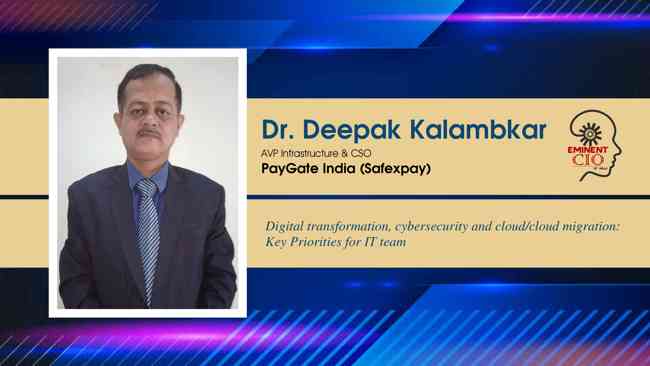
Dr. Deepak Kalambkar
AVP Infrastructure & CSO - PayGate India (Safexpay)
Responsibilities of the CIO
One of the most important CIO jobs now is to create an IT culture that is all about the business, so every dime it spends is related to something in the business. That approach applies whether an IT project directly supports a money-making endeavour, or it plays a supporting role.
Wolff acknowledges that CIOs typically find ROIs easier to determine when the project drives new revenue, such as creating a new app that enables sales, but they should aim to tie all IT projects to business needs if they want to present accurate ROIs.
Key priorities for 2021
Top priorities for IT teams in 2021 are digital transformation, cybersecurity and cloud/cloud migration. Customer experience is also near the top, indicating the continued importance of a customer-centric attitude aimed at increasing customer retention, encouraging repeat business and driving up revenue. The pandemic and recession have also driven a much greater emphasis on cost savings vs. our findings from 2020.
Responding to business-led IT, CIOs and IT executives continue to balance running day-to-day business operations reliably with providing support for growth and innovation. Without sufficient focus on the latter, IT can lose relevance quickly. To mitigate the impacts of this challenge, it’s important for IT to align itself as closely as possible with business needs.
Redesigning IT & Security strategy
The exponential growth of the Internet interconnections has led to a significant growth of cyber- attack incidents often with disastrous and grievous consequences. Malware is the primary choice of weapon to carry out malicious intents in cyberspace, either by exploitation into existing vulnerabilities or utilization of unique characteristics of emerging technologies. The development of more innovative and effective malware defense mechanisms has been regarded as an urgent requirement in the cyber security community. To assist in achieving this goal, we first present an overview of the most exploited vulnerabilities in existing hardware, software, and network layers.
This is followed by critiques of existing state-of-the-art mitigation techniques as to why they do or do not work. We then discuss new attack patterns in emerging technologies such as social media, cloud computing, smartphone technology, and critical infrastructure. Finally, we describe our speculative observations on future research directions.


Happiest Minds brings in an innovative GenAI chatbot
Happiest Minds Technologies has announced the new GenAI chatbot - ‘hAPPI...
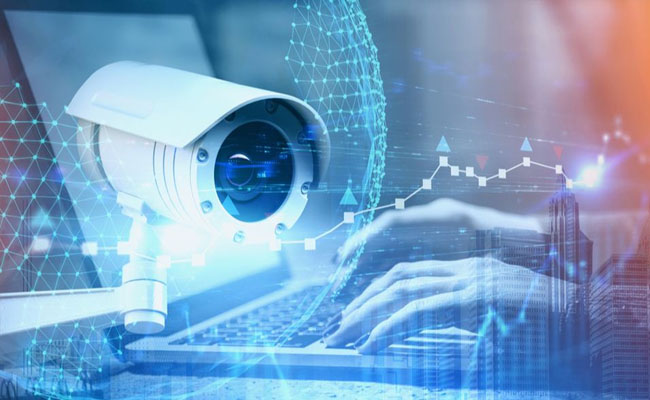
Government mandates encryption for CCTV cameras to ensure netw
In the wake of issuing an internal advisory on securing CCTV cameras at g...
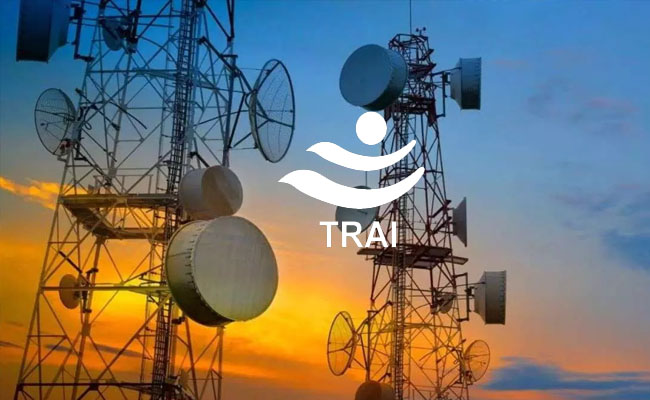
TRAI recommends allowing only Indian entities to participate i
The Telecom Regulatory Authority of India (TRAI) has recommended that onl...

Galaxy AI is available on more devices with Samsung One UI 6.1
Samsung has expanded the range of smartphones to which One UI 6.1 and Gala...


Technology Icons Of India 2023: Bhavish Aggarwal
Ola CEO Bhavish Aggarwal had formed Ola-India’s largest mobility pla...

Technology Icons Of India 2023: Natarajan Chandrasekaran
Natarajan Chandrasekaran is the Chairman of the Board of Tata Sons, th...
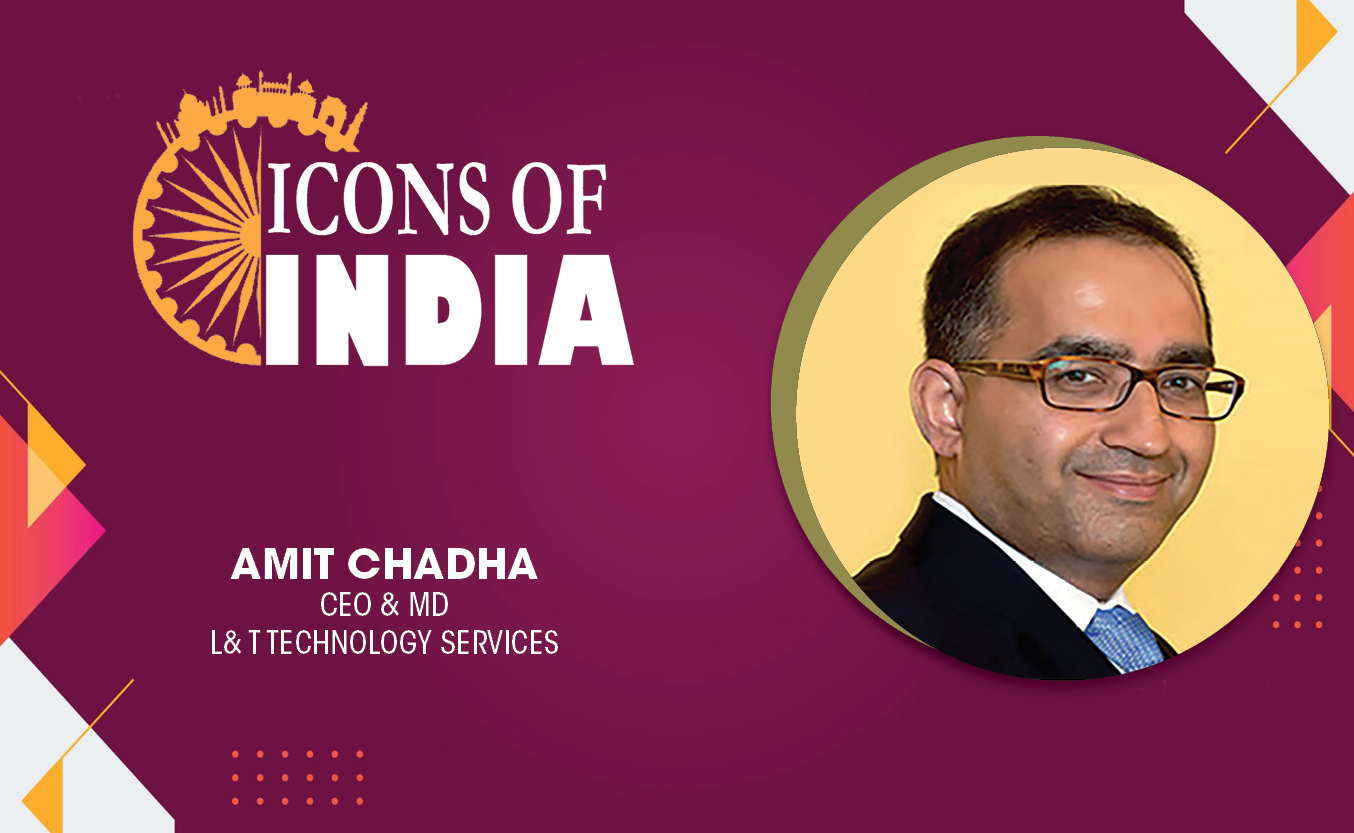
Technology Icons Of India 2023: Amit Chadha
. An influential leader in the engineering services industry for over ...


HPCL is transforming the energy landscape, across the nation and beyond
HPCL is world-class energy company known for caring and delighting the...
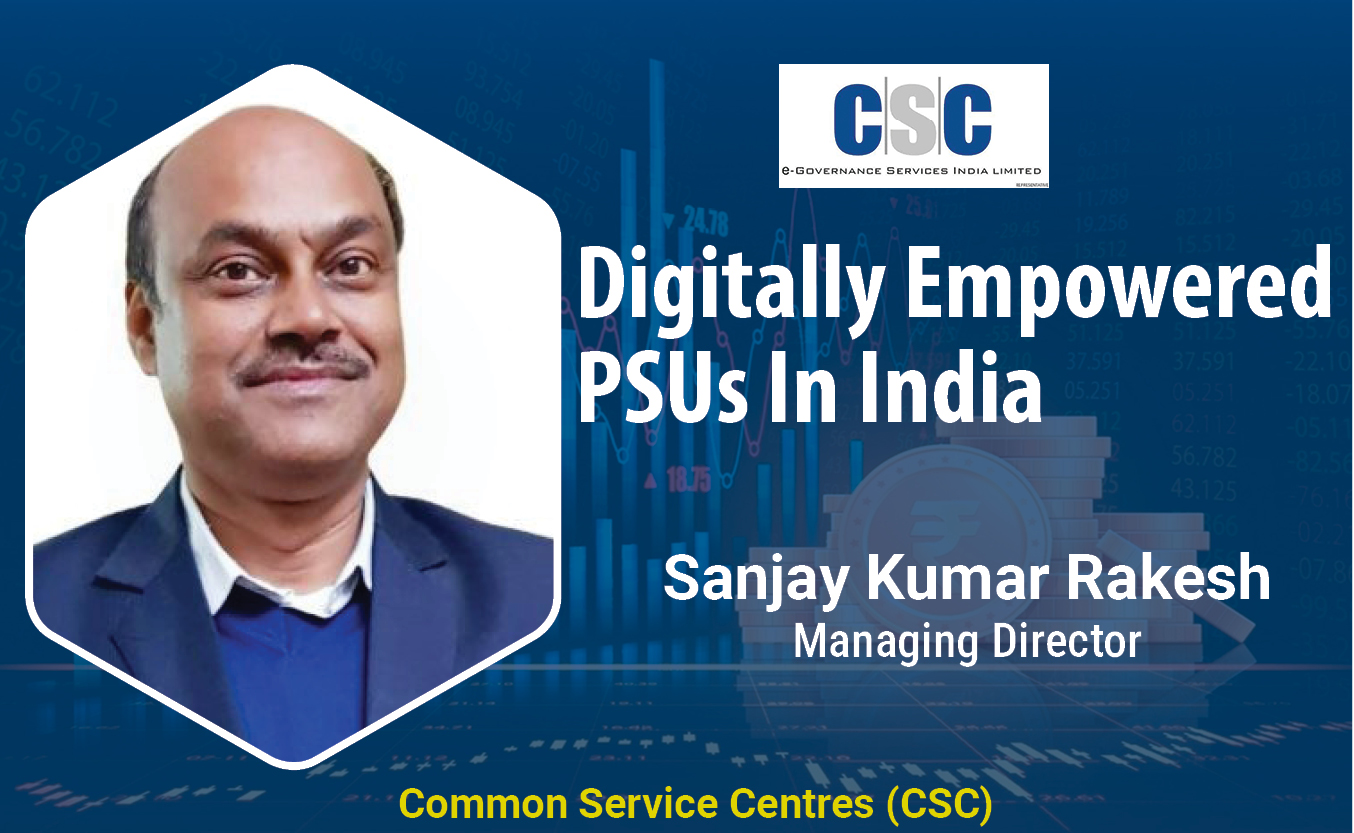
CSCs enabling rural India digitally empowered
Common service centres (CSCs) are digital access points under the Digi...

GeM maintains transparency in online procurement of goods & services
Created in a record time of five months, Government eMarketplace is a ...


BEETEL TELETECH LTD.
: Beetel is one of the oldest and most reputed brands in the Industry,...

INFLOW TECHNOLOGIES PVT. LTD.
Inflow Technologies is a niche player in the IT Infrastructure Distrib...

IRIS GLOBAL SERVICES PVT. LTD.
Iris Global services is one of the leading distribution houses that d...